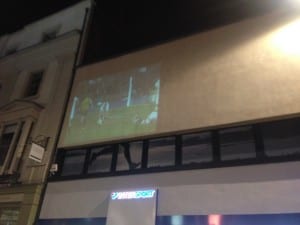With the ever new and advancing technology that is being made available to the general public, we are able to see the world around us in new and exciting ways. It’s no longer necessary to physically change the space around us, but we can now simulate what could be using a variety of software.
One way that consumers can experience this is through the use of an application called “Augment”. It allows users to simulate 3D models shown in their environment. Users can download the app for free and use a wide range of models available for download, or they can create their own. While this can be used for a bit of fun, there are many practical applications that people are already taking advantage of. As shown in the video above, companies can use Augment to show their customers what their product looks like before they’ve even really seen it. They can also show retailers what their product’s display would look like in their store, or just the product itself. This technology opens up a wide range of possibilities for both retailers and consumers that make it easier to be more informed about a product before making a purchase.
https://www.youtube.com/watch?v=6yg6ljnASxw
Another example, demonstrated by Microsoft earlier this year at E3, shows the capabilities of their “Hololens”. They are able to simulate a world created in the popular sandbox game Minecraft, on top of a table. The model rotates based on where the user is viewing from so there is no need for a controller. It can also work as a great hands-free alternative to programs such as Augment. You could, for example be looking around a house, deciding on furnishings. The potential buyer could be looking around the house while the seller adds things into their vision, such as alternate chairs, lighting, etc.
There are currently a few effective uses for this technology, but we are still early in its life cycle. This technology is still finding it’s feet and as such we are still finding effective ways to use it. I am sure augmented reality will be a lot more common in the future, but for now we are still finding out what we can do with it.
